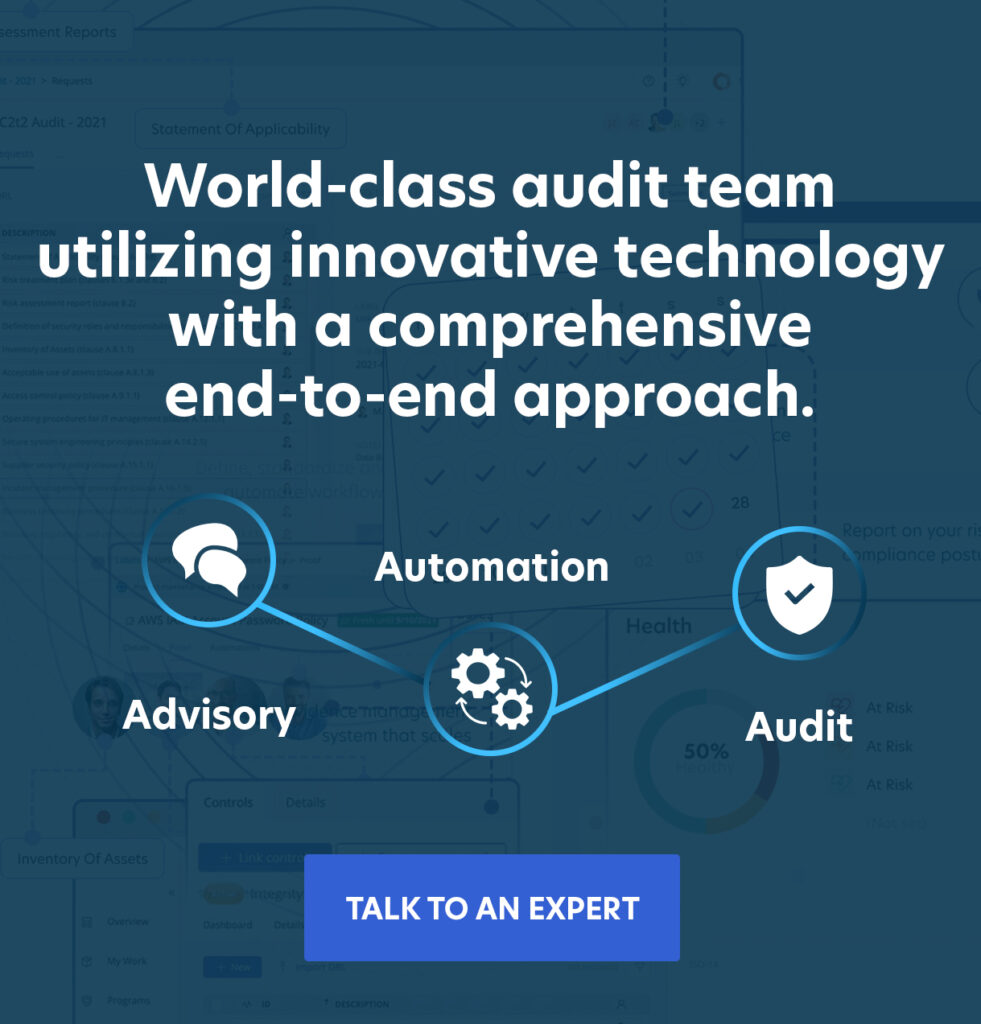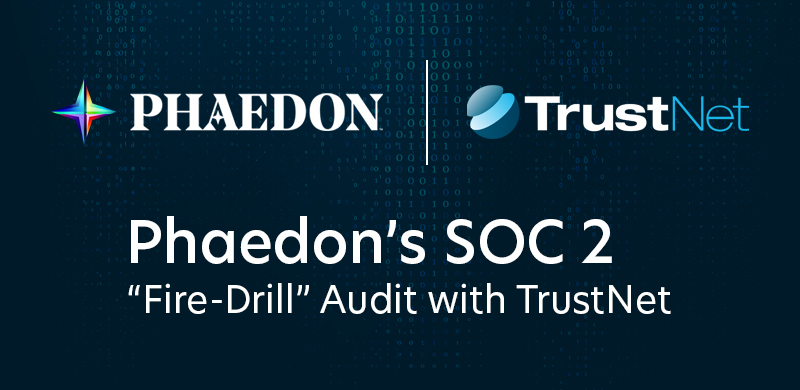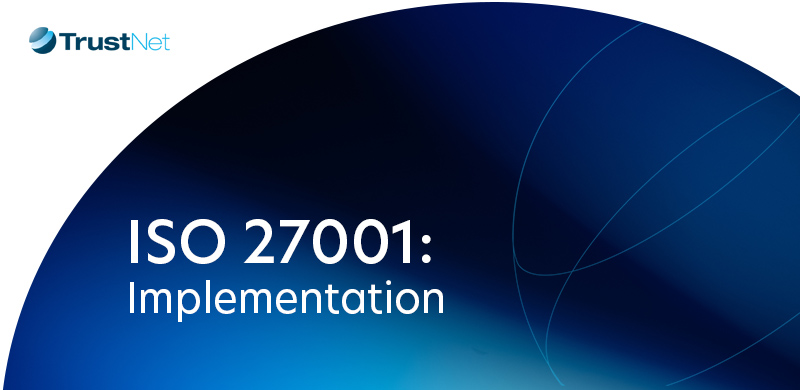Data Breach: Prevent Unauthorized Access & Data Exfiltration

A data breach occurs when unauthorized individuals gain access to sensitive or confidential information. This may include personal identifiers, such as Social Security numbers and bank account details, or corporate data, such as financial records and intellectual property.
Although “data breach” and “cyberattack” are often used interchangeably, not every cyberattack results in a data breach. A breach only occurs when data is accessed without authorization.
Why Do Data Breaches Matter?
-
- Exposure of personal and corporate information to misuse.
- Financial losses, legal consequences, and reputational damage for businesses
- Identity theft, fraud, and privacy invasions for individuals
Understanding the nature of data breaches is essential in protecting critical information. By recognizing their causes and implications, businesses and individuals alike can take proactive steps to strengthen their defenses and reduce risks.
What is a Data Breach?
Data breaches can have significant consequences, especially when sensitive data is compromised. These incidents typically fall into two categories:
-
- Internal errors: Negligence or mistakes by employees, such as misplacing devices, using weak passwords, or mishandling data.
- External attacks: Cybercrminal activities, including hacking, phishing, or malware attacks., to access private data.
These incidents often lead to data exfiltration, where information is stolen and used or distributed without the owner’s consent. Regardless of the cause, a data breach represents an enormous threat to privacy, security, and trust.
Learn more about our cybersecurity and compliance services.
Common Causes of Data Breaches
— Hacking and Malware Attacks
Cybercriminals often exploit vulnerabilities using tailored hacking techniques or deploy malware to gain unauthorized access. One common tactic is phishing attacks, where victims are tricked into providing sensitive credentials or clicking on malicious links, compromising entire networks.
— Insider Threats
Employees with privileged access can sometimes become the source of data breaches. These insider threats can be intentional — such as leaking data for financial gain — or accidental, like mishandling sensitive information or falling prey to phishing schemes. Whether malicious or unintentional, insider actions pose a significant challenge to data security.
— Physical Theft
Unencrypted devices, such as laptops or external hard drives, when stolen, offer easy access to confidential data. a prevalent risk. If these devices are unencrypted, the confidential data stored within them can be easily accessed by unauthorized individuals, leading to significant data leakage.
— Misconfigurations
Misconfigurations in IT systems, such as cloud storage sets with public access or poorly implemented access controls, are another frequent cause. These errors can expose sensitive files, making them accessible to anyone who stumbles upon them — whether by accident or with intent.
Consequences of a Data Breach
Data breach consequences can be severe, creating ripple effects that impact an organization’s finances, reputation, and legal standing.
Financial Losses
Breaches can be incredibly costly. Legal fees and lawsuits from affected individuals increase these expenses. Operational disruptions, such as downtime during forensic investigations or system recovery, pile on even more costs. Financial loss from breaches can threaten the stability of any business.
Reputational Damage
A breach can tarnish an organization’s credibility almost instantly. Exposing sensitive customer data erodes trust, which can lead to clients and partners looking for safer alternatives. Rebuilding a reputation is neither quick nor guaranteed. Once the public’s faith is shaken, it casts a shadow over future growth.
Legal Implications
Falling short of compliance with established data protection laws carries legal risks that are hard to ignore. Regulations like GDPR and CCPA impose strict requirements, and failure to meet them can result in penalties, drawn-out legal battles, or enforced corrective measures. The legal impact of data breaches highlights the importance of following robust compliance practices.
The broader impact of data breaches stretches beyond immediate effects. Financial stability, trust, and legal standing can all be compromised. Mitigating these risks requires proactive planning, vigilance, and a commitment to strong data security practices.
Preventing Data Breaches
Implementing robust data security, and best practices can significantly lower the risk of data breaches.
Implement Strong Encryption
Ensure all sensitive data is encrypted both during storage and whenever it is transmitted. Encryption protects against unauthorized access, ensuring that even if someone intercepts the data, it remains unusable without the correct decryption key.
Key Details to Consider:
-
- Use strong encryption algorithms such as AES-256 (Advanced Encryption Standard with 256-bit keys), which is widely recognized as an industry standard for robust encryption.
- Prioritize proper key management by securely storing and rotating encryption keys regularly to prevent unauthorized access. Utilize tools such as Hardware Security Modules (HSMs) to protect and manage keys.
Practical Example:
A financial institution encrypts customer credit card data both in transit (e.g., during online transactions) and at rest (e.g., in database storage). Even if a database is compromised, encrypted data cannot be misused without the decryption key, which is safeguarded separately via HSMs.
Use Multi-Factor Authentication (MFA) and Role-Based Access Controls
Enhance access security through Multi-Factor Authentication (MFA), requiring users to verify their identity through additional steps, such as one-time codes or biometric verification. Pair this with Role-Based Access Controls (RBAC) to limit employee access based on job requirements.
Specific Example of MFA Implementation:
A cloud storage provider enables MFA by requiring users to log in with their password and then verify their identity through a one-time code sent via SMS or an authenticator app. This reduces the risk of unauthorized access, even if credentials are stolen through phishing.
How RBAC Works in Practice:
-
- A hospital may use RBAC to grant doctors access to patient medical records but restrict billing staff to financial data only.
- System administrators track these permissions centrally, adjusting them as roles change within the organization.
Using these approaches together minimizes the exposure of sensitive data, even during internal threats or accidental mishandling of credentials.
Keep Software Updated
Minimize security vulnerabilities by keeping all software, operating systems, and applications up to date. Unpatched software is a primary entry point for cyberattacks.
Detailed Recommendation:
-
- Automate update installations wherever possible to eliminate delays caused by human oversight.
- Run vulnerability scans after updates to confirm that systems no longer have exploitable weaknesses.
Provide Employee Training
Educate employees on detecting and addressing potential threats, as human error is one of the top causes of data breaches. Regular training fosters awareness and equips staff to safeguard sensitive information effectively.
What to Include in Training Programs:
- Phishing Simulations: Regularly test employees by sending simulated phishing emails. Provide instant feedback explaining how the scam was detected.
- Data Handling Policies: Teach employees to avoid sharing personal data over unsecured channels like public Wi-Fi.
- Incident Reporting: Ensure staff know how to identify and report suspicious activity quickly to prevent minor issues from escalating.
Nuances to Consider:
- Reinforce training periodically to ensure that employees stay current with emerging threats.
- Tailor the depth of training based on roles. For example, administrative staff should receive more detailed guidance on handling sensitive customer information compared to general staff.
By combining strong encryption, layered authentication measures, proactive software updates, and comprehensive employee training, organizations can build a multi-faceted defense against data breaches.
Protecting Your Organization Through Data Security
Understanding data breaches and their causes, as well as recognizing the importance of data security, will always be integral parts of business success. Securing your valuable assets requires building strong cybersecurity awareness throughout your organization.
Implementing breach prevention strategies, such as employee training, robust access controls, and regular audits, minimizes vulnerabilities. By staying proactive, you not only reduce risks but also create a foundation of trust and resilience to safeguard your future.
TrustNet is here to help you enhance your cybersecurity defenses. We offer tailored solutions and decades of expertise to minimize cyber risks effectively.
Take the first step towards robust cybersecurity. Contact Our Experts today.
Subscribe to the TrustNet Newsletter
actionable cybersecurity strategies, and TrustNet’s cutting-edge solutions.




